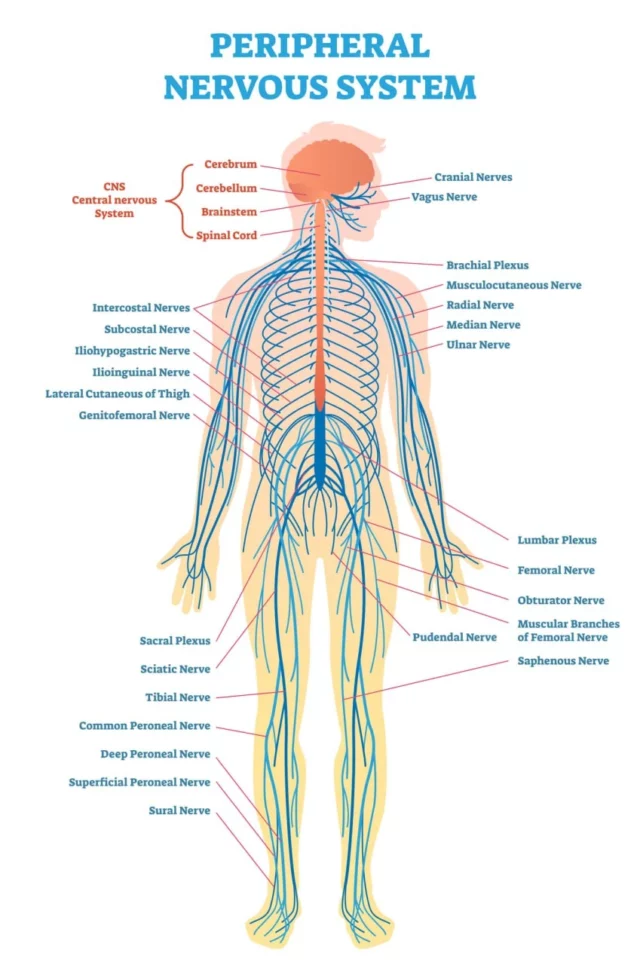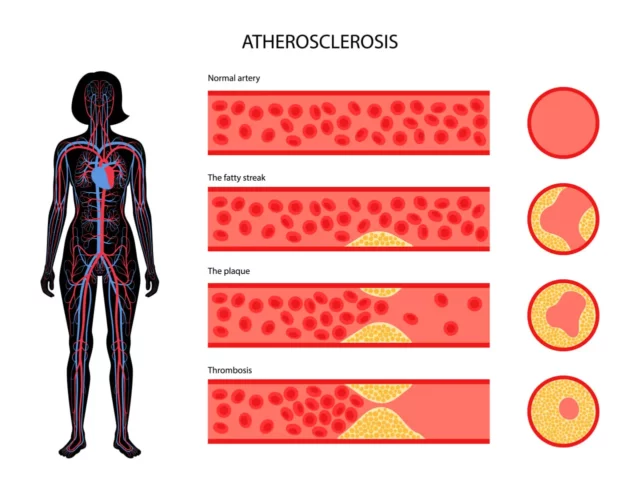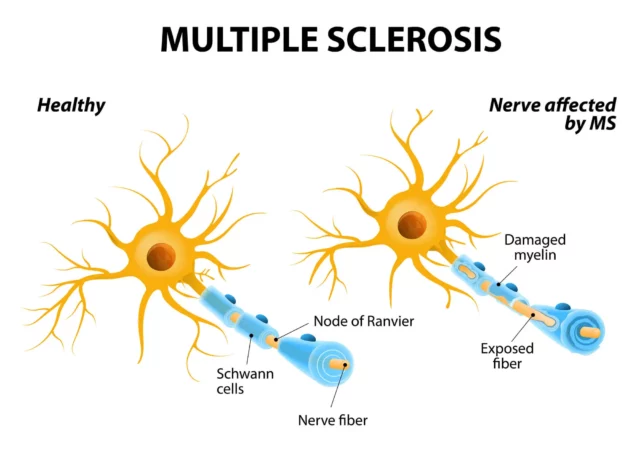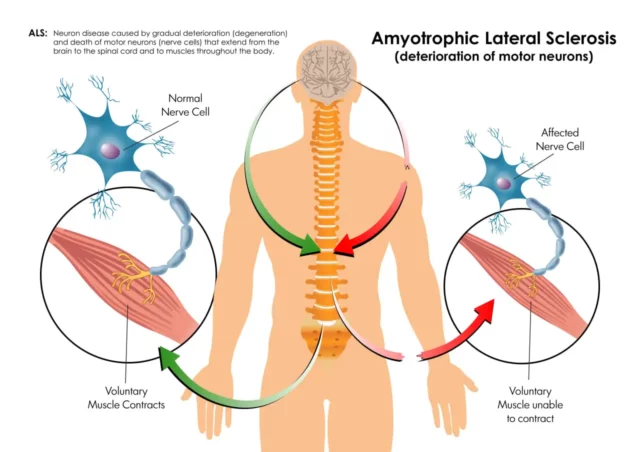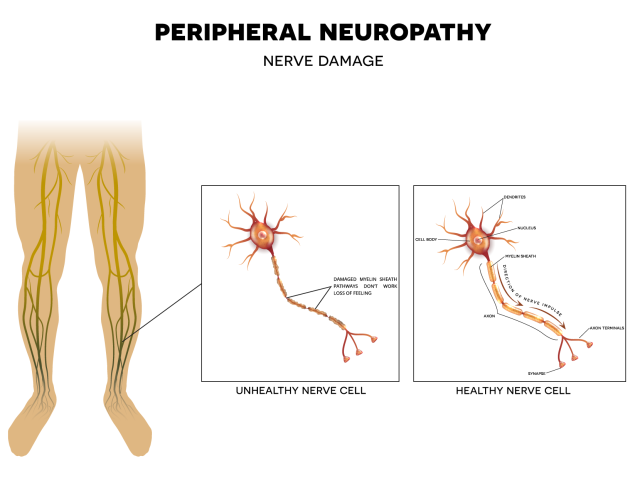If you’ve ever experienced painful muscle contractions in your biceps muscle, you know how disruptive spasms can be. They can affect your sports performance, make certain movements undesirable, and even interfere with a good night’s sleep.
In most cases, muscle spasms in the biceps are nothing to worry about; they are usually an occasional inconvenience caused by dehydration or muscle fatigue. However, sometimes they can indicate a more serious underlying condition of the nervous system.
NextPain Care’s approach focuses on managing chronic pain by addressing the underlying factors contributing to your discomfort. Through evidence-based treatments, we aim to improve your musculoskeletal health and overall well-being. This guide will cover everything you need to know about our comprehensive care approach.
What Are Muscle Spasms?
Muscle spasms, also known as muscle cramps, are painful and involuntary contractions that occur when a muscle tightens forcibly and can’t relax. These spasms can affect part of a muscle, the entire muscle, or even multiple muscles in a group.
While common and often normal, muscle spasms can be disruptive due to their unpredictable nature, often occurring during movements or activities.
Muscle spasms are distinct from muscle twitching (or muscle fasciculations). Muscle twitching involves small muscle contractions that are not generally painful and often go unnoticed. However, both spasms and fasciculations can result from stimulation or malfunction of nerve fibers within certain muscles.
The central nervous system, composed of the brain and spinal cord, is responsible for connecting and controlling the nerve fibers that travel throughout the body. The peripheral nervous system consists of the nerve fibers outside the brain and spinal cord.
When one or more of these nerves are overstimulated (e.g., by caffeine or stress), damaged, entrapped, or inflamed, the transmission of signals between the body and the brain becomes compromised.
This can cause the nerves to misfire, leading to a range of symptoms including involuntary muscle contractions, numbness, tingling sensations, and muscle weakness. Over time, these symptoms can intensify, interfere with athletic performance, and disrupt sleep.
Muscle spasms affect between 18% and 67% of athletes participating in sports such as triathlon, endurance cycling, marathons, and American football. Studies also show that 46% of people over the age of 60 experience recurring cramps, with 31% reporting that they are woken up by cramps.
In most cases, muscle spasms aren’t a cause for concern, especially if they are infrequent. However, if they occur suddenly, interfere with your daily life, or become frequent, it is important to seek an accurate diagnosis. Sometimes, they can indicate a more severe underlying condition of the nervous system.
What Does A Muscle Spasm In The Biceps Feel Like?
Although muscle spasms are common, not all involuntary muscle movements feel the same. Biceps muscle spasms aren’t as common as cramps in the legs, particularly the calves, or feet, and mostly occur at night.
Spasms in the biceps can feel like the muscle is jumping around uncontrollably or tightening into a ball. You may also see your muscle moving involuntarily under the skin of the arm and experience unprovoked pain or a feeling of tightness.
These spasms usually last for a few seconds to 15 minutes and can recur multiple times before resolving on their own. In the event of a particularly painful cramp, you may feel sore for a day or two.
Most biceps muscle spasms are idiopathic (have no known cause) and resolve on their own with conservative treatments, lifestyle changes, and activity modification. However, they may indicate a more serious condition if accompanied by other symptoms, such as:
-
- Unprovoked pain
- Paralysis
- Muscle weakness
- Numbness
- Vision changes
- Trouble sleeping
- Coordination issues
If you experience any of these symptoms in addition to muscle spasms, it is essential to consult a healthcare professional for a thorough evaluation.
Different Causes Of Muscle Spasms In The Biceps
Much is still not understood about why some people experience muscle spasms more than others. However, several factors can increase the likelihood of cramps and involuntary muscle movements:
Dehydration
Dehydration is a common cause of muscle spasms, especially in the body’s larger muscles. When the body lacks necessary fluids, the volume of blood decreases, hindering the supply of blood, oxygen, and nutrients to muscles and nerves. This causes muscles to work harder, leading to muscle fatigue.
Additionally, electrolyte imbalances caused by excessive sweating, diarrhea, vomiting, or intense exercise can decrease levels of essential minerals like potassium, sodium, and magnesium, which are crucial for muscle function. Dehydration can also impair the body’s ability to cool down after a workout, leading to overheating – a common contributing factor to spasms.
It is estimated that over 75% of Americans are chronically dehydrated, with older adults at even greater risk due to mobility issues and fluid imbalances.
Stress And Anxiety
Stress and anxiety can overstimulate nerves within the muscles, leading to involuntary contractions. Mental health conditions can also cause nervous tics, affecting any muscle in the body.
Muscle spasms related to stress and anxiety can be exacerbated by sleep disorders. Lack of sleep or disturbed sleep (often due to cramps) increases stress levels and inflammation, which can lead to more intense and frequent cramps.
Muscular Tension Or Overuse Due To Exercise
Exercise-associated muscle cramps (EAMCs) are the most common cause of spasms. While their exact cause is unknown, studies suggest they may be related to fluid loss, overheating, excessive sweating, and fatigue during or after exercise.
Fatigue and electrolyte imbalances can make muscles hyperexcitable, causing them to contract in response to minimal stimuli.
Side Effects Of Medications
Certain medications, such as hormonal birth control containing estrogen, may cause muscle spasms as a side effect. In these cases, cramps commonly affect the hands, arms, and legs. However, these are usually temporary and often diminish over time.
Nutrient Deficiencies
Nutrient deficiencies and imbalances can prevent muscles from receiving the vitamins and minerals necessary for optimal functioning. Common deficiencies that may lead to cramps include vitamin D, vitamin B, and minerals such as calcium, magnesium, potassium, and phosphorous.
Spasms caused by nutrient imbalances often affect the calves, hands, and eyelids. Nocturnal cramps, which occur at night or during sleep, may also be caused by prolonged sitting, muscle overuse, working on concrete floors, or poor posture.
Risk Factors For Muscle Spasms
You are more likely to experience cramps if:
-
- You are an athlete
- You are pregnant
- You are over the age of 65
- You are obese
Conditions Associated With Muscle Spasms
Severe, recurring, or sudden-onset biceps spasms can sometimes be traced back to neurological conditions affecting the central or peripheral nervous systems. These disorders damage the nerves that supply the muscles in the biceps or the motor neurons responsible for processing movement signals.
If left untreated, neurological disorders can lead to progressively more intense symptoms, including muscle weakness, muscle mass loss (atrophy), coordination problems, and eventually, disability. Some of the most common neurological conditions related to biceps cramps include:
Arteriosclerosis
Arteriosclerosis occurs when arteries become thick, stiff, or hardened due to the buildup of fatty substances like cholesterol on their inner lining. This buildup develops gradually and may not cause any symptoms initially.
However, as the plaque on the artery walls accumulates, restricted blood flow can lead to complications such as chest pain and shortness of breath. If the blood supply to the brain or heart is cut off entirely, it can result in a heart attack or a stroke.
MS can begin to develop without any clear cause and can cause severe lesions and scar tissue on the nerve fibers that control muscle movements. This disrupts communication between the brain and the rest of the body, leading to muscle spasms, stiffness, weakness, atrophy, and eventually, the inability to move your limbs.
While the symptoms of MS vary widely, muscle spasticity (involuntary, painful tightening and movements of the muscles) is a common complication affecting nearly three-quarters of those with multiple sclerosis.
Amyotrophic Lateral Sclerosis
Amyotrophic lateral sclerosis (ALS), also known as Lou Gehrig’s disease, is a progressive neurological disease that damages nerve cells in the brain and spinal cord and causes them to die.
The exact causes of ALS are still unknown, but genetic and environmental risk factors seem to play a role in the death of nerve cells, resulting in the inability of the brain to control muscle movements. This disruption in nerve signaling can lead to forceful, involuntary muscle movements such as cramps and fasciculations.
As ALS progresses, it can also cause muscle atrophy (due to disuse) and difficulty speaking, breathing, walking, or grasping objects. Up to 12% of people with ALS experience muscle cramping.
Peripheral Neuropathy
Peripheral neuropathy (PN) occurs when the nerves in the peripheral nervous system (those outside of the brain and spinal cord) become damaged, thus interfering with the normal transmission of nerve signals relating to movement and sensation.
Peripheral neuropathy (PN) can develop due to various reasons such as nerve-damaging injuries, metabolic issues like diabetes, inherited conditions, infections, and exposure to toxins.
When it affects the nerves responsible for transmitting signals related to pain, touch, and temperature, you may experience numbness and tingling sensations.
Damage to motor nerves can lead to symptoms including involuntary movements like spasms and fasciculations.
When Should Spasms No Longer Be Regarded As Normal?
As we have seen, most of the time, biceps muscle spasms aren’t something to worry about. This is especially true if they occur due to dehydration, stress, or have been part of your life for years. Simply put, some people are naturally more prone to experiencing spasms than others.
However, sometimes, biceps spasms can indicate a more serious condition that may require specialized treatment. You should seek immediate medical attention if:
- You are experiencing new-onset or sudden spasms
- Your spasms are increasing in frequency or intensity
- Biceps cramps are interfering with your life, preventing you from practicing sports or grasping objects
- You are experiencing other symptoms, such as weakness, loss of muscle tone, shrinkage, and coordination problems
Your doctor can diagnose any underlying condition causing the spasms by:
- Surveying your symptoms and asking questions about your lifestyle, physical activity, stress levels, and sleep quality
- Assessing your medical history
- Conducting a physical examination
- Prescribing blood tests for nutritional deficiencies
- Performing tests to determine the density and health of nerve fibers, such as biopsies, nerve conduction exams, and electromyograms
- Referring you to a specialist for a neurological exam
Conventional Treatment Options For Muscle Spasms In The Biceps
Whether you are naturally prone to biceps spasms or dealing with new, intense symptoms, some conventional treatment options are commonly prescribed to manage the symptoms. These include:
- Stretching: Stretching can improve muscle flexibility and tone, alleviating pressure on intramuscular nerve fibers. This can enhance nerve function and reduce muscle spasms.
- Activity modification: If your muscle spasms intensify after strenuous physical activity or exercise, your doctor may recommend modifications to reduce undue pressure on nerves and muscles.
- Apply heat or ice: Cold packs or heat pads can help alleviate pain and inflammation, relax muscles, and reduce tension. Applying heat can also boost blood circulation around nerve fibers, supporting their health by providing oxygen and nutrients.
- Medication: Certain over-the-counter medications may help reduce pain and muscle tension, especially when you are experiencing several spasms in quick succession. Helpful medications include non-steroidal anti-inflammatory medications like ibuprofen, muscle relaxants, and neuromuscular blockers.
- Electrical stimulation devices: Electrical stimulation can retrain muscles to contract and relax properly by delivering pulses of electricity during movements when the muscles are naturally supposed to contract. Electrical stimulation can also reduce pain, promote blood circulation, and alleviate muscle tension.
If spasms are linked to emotional and psychological conditions like stress and anxiety, approaches such as cognitive behavioral therapy may help.
Patients can also benefit from positive lifestyle changes and practices that reduce stress and tension, correct nutritional deficiencies, limit exposure to neurotoxic substances, and promote musculoskeletal health. These changes could include:
- Eating a balanced diet
- Getting enough sleep
- Trying stress management techniques, meditation, and mind-body activities like yoga
- Limiting caffeine, alcohol, and nicotine intake
- Switching medications to avoid side effects such as spasms
By incorporating these treatment options and lifestyle changes, you may be able to effectively manage biceps muscle spasms and improve your overall health and well-being.
Managing Pain Caused By Biceps Muscle Spasms
We Can Manage Pain from Conditions That Cause Muscle Spasms
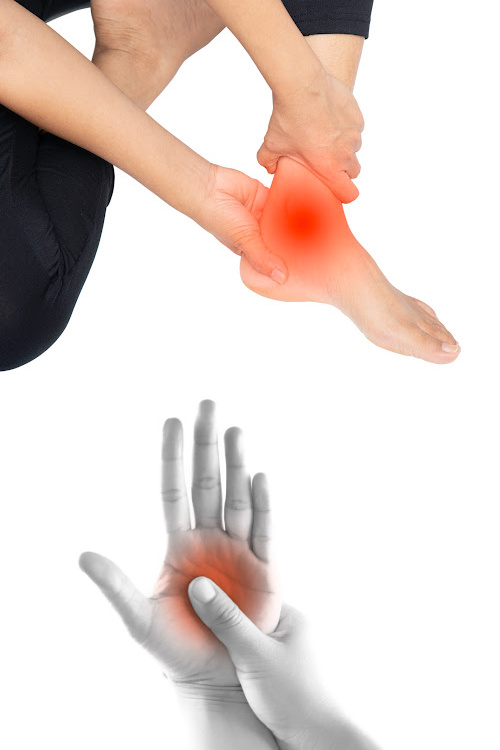
Peripheral Neuropathy Treatment
Peripheral neuropathy is a condition that can cause severe pain, impacting daily life. At NextPain Care, we use evidence-based practices to provide relief from the painful symptoms of peripheral neuropathy, adhering to the highest standards set by medical...
Get Proper Support And Treatment With NextPain Care
Experiencing bicep muscle spasms? Get proper diagnosis today.

